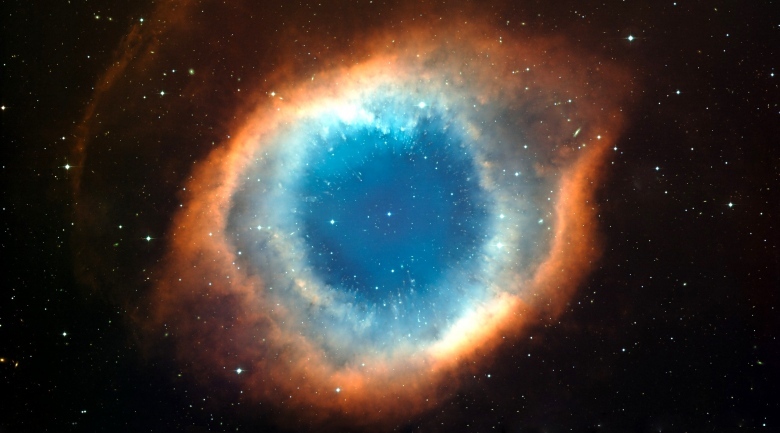
Astronomers have witnessed a key stage in the birth of a very heavy star, using two radio telescope views of the process taken 18 years apart. The young star is 4,200 light-years from Earth and appears to be surrounded by a cloud of dust. That cloud slows down the hot, ionised wind that the star blasts into space, causing it to form an elongated column.
The new results represent "before and after" glimpses of that column forming. They were captured by the Very Large Array, a battery of 27 antennae in the New Mexico desert, and are published in the journal Science.
"The comparison is remarkable," said first author Carlos Carrasco-Gonzalez, from the National Autonomous University of Mexico. The compact, rounded wind indicated by data from 1996 transforms – just 18 years later in 2014 – into a "distinctly elongated outflow".
The infant star is about 300 times brighter than the Sun and goes by the name of W75N(B)-VLA2. Being able to observe its dramatic growing pains in real time is unique, according to Prof Huib van Langevelde from Leiden University in the Netherlands, another of the study’s authors.
